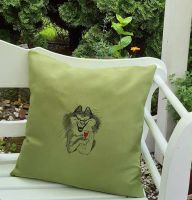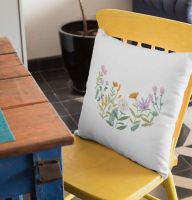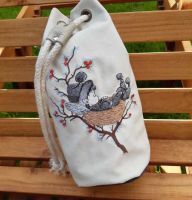Embroidery Designs: Tips and Tricks for Creating Professional Results
Embroidery is a fascinating craft that requires patience and skill to achieve professional results. There are different types of embroidery designs, each with its own unique style and stitch techniques. In this article, we will explore some of the common types of embroidery designs and provide tips and tricks to help you create high-quality results.
Types of Embroidery Designs
-
Simple Designs
Simple designs are often called ‘redwork, whitework, & blackwork. These designs are usually line drawings and require minimal stitch work.
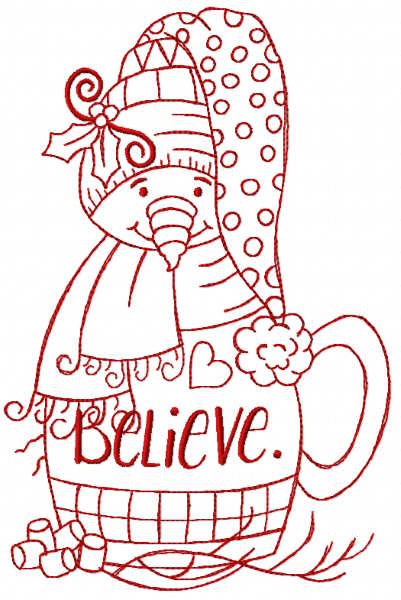
Redwork vintage snowman believe embroidery design
-
Cartoon Style
Cartoon-style designs feature simple lines and stitches, often using Tatami embroidery. Each color can have its own Tatami design, making the project more interesting. The more details you add, the more realistic your design will look. Natural details like feathers and eyes can bring depth and dimension to your design.

Dabbing Mickey embroidery design
-
Realistic Designs
Realistic designs are like photographs, featuring intricate details and a minimal number of stitches. Even small dots may require color changes, which can slow down your sewing time. Drawn designs created by an artist can also provide detailed spots for your embroidery work.
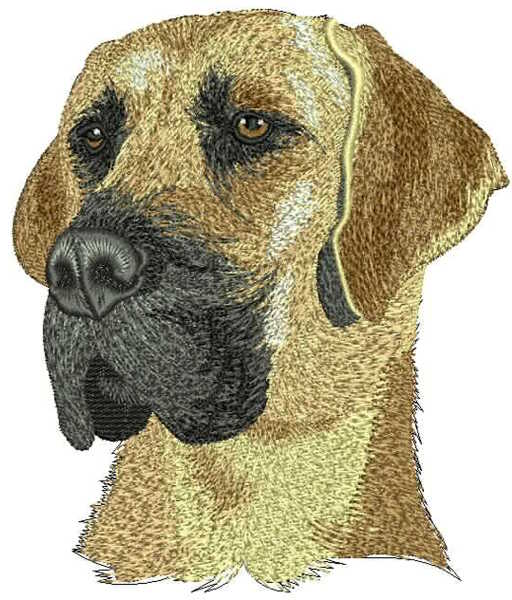
Great dane dog embroidery design
Embroidery Tips and Tricks
- Stabilizers
Using a single piece of stabilizer is recommended for dense embroidery projects. Heavy-weight cutaway stabilizer is suggested for high-stitch designs. If you need to use multiple sheets, consider basting them together or using glue. A stable stabilizer is key to professional embroidery.
- Trimming Jumps
Trimming jumps as you go along is recommended to avoid entanglement with other colors. The additional benefit is that you don't need to go searching for them once the project is completed.
- Resizing Designs
It is not recommended to resize complicated embroidery designs. A well-trained digitizer has already made adjustments for ‘pull compensation,’ correct stitch placement, and careful review of one section to the next. Poor stabilization can lead to registration issues.
- Fabric Selection
Your fabric needs to support the ‘weight’ of the number of stitches in your design. Heavy-duty fabrics like denim, canvas, and corduroy are good choices for detailed designs. Lightweight fabrics like chiffon can work if you leave the heavy cutaway stabilizer in the project permanently.
- Needle Selection
Use a fresh, sharp needle for your embroidery work. Embroidery needles are slightly dull, so it is recommended to use a sewing needle. Dull needles can create holes or torn lines in the fabric, which can cause the project to fail.
- Hooping and Stabilizing
Hoop your fabric with the stabilizer using a spray adhesive to keep the fabric flat and ensure a tight bond. You can also machine-baste them together for extra stability.
Conclusion
Embroidery designs can range from simple to complex, but with the right tips and tricks, you can achieve professional results. Use these tips to help you choose the right stabilizer, fabric, and needle, and to avoid common mistakes like resizing designs or leaving jumps untrimmed. With practice, patience, and attention to detail, you can create beautiful embroidery designs that will be treasured for years to come.
Comments
Last photos
All photos in Gallery
